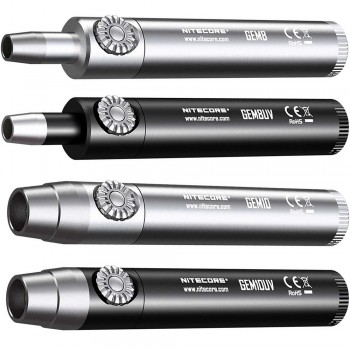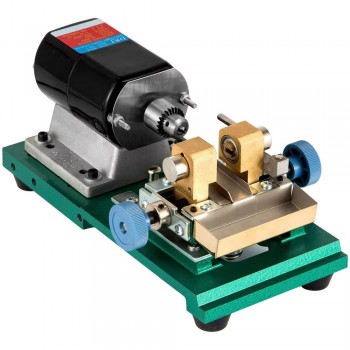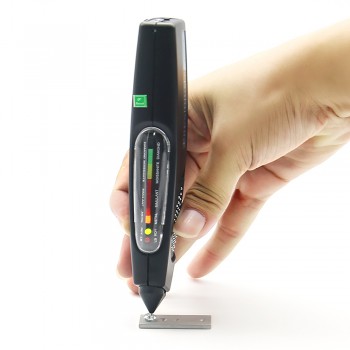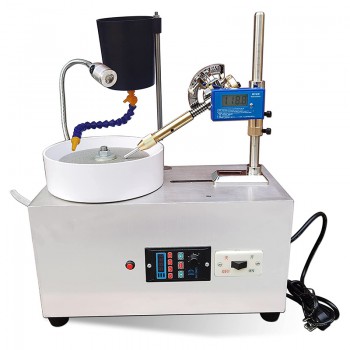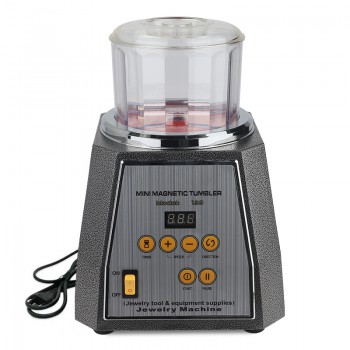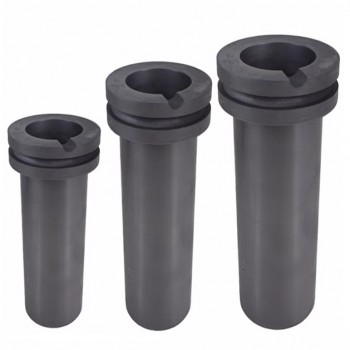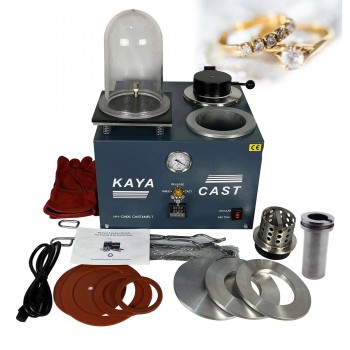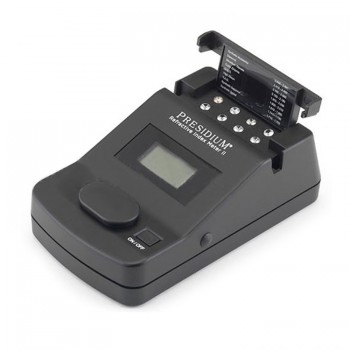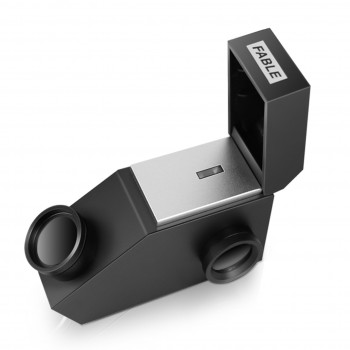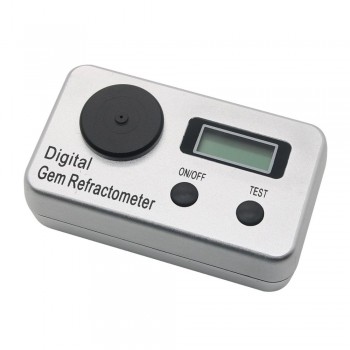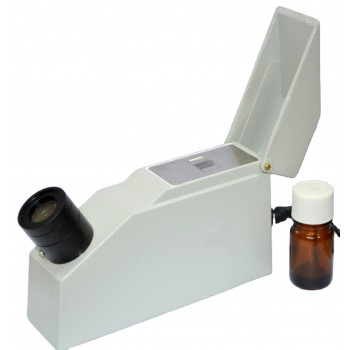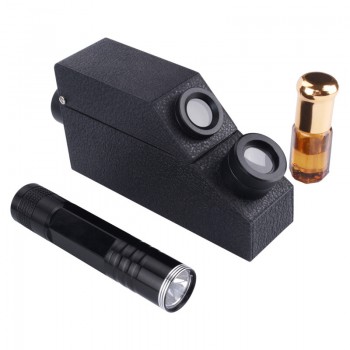
Gem Refractometer
Guide on How to Choose Gem Refractometer
What Is a Gem Refractometer?
A gem refractometer is an optical instrument used to measure the refractive index of gemstones, helping to identify and differentiate between natural, synthetic, and imitation stones. It is one of essential tools in gemology and jewelry inspection. A refractometer for gemstones operates by analyzing how light bends as it passes through or reflects off a gemstone’s surface. The refractive index measured by this device provides key information about a gem’s optical properties and helps classify it accurately. Gemological refractometers are commonly used by gemologists, jewelers, and educational institutions for gem identification and testing.
Working Principle and Function
The gem refractometer works based on the principle of light refraction. When light passes from one medium (such as air) into another medium (the gemstone), its speed changes, causing it to bend. This bending angle depends on the material’s refractive index. During testing, a gemstone is placed on a glass prism coated with a special contact liquid that matches the optical properties of the prism. Light enters the stone through the prism, and the operator observes the boundary between light and dark through a viewing window. The position of this boundary indicates the refractive index on the instrument’s scale. A gemological refractometer supports accurate measurement for transparent and translucent gemstones.
Structure and Characteristics
A refractometer for gemstones typically consists of a measuring prism, a viewing lens, a graduated scale, and an illumination system. The prism is made from optical glass to support accurate light transmission. The contact liquid provides an optical connection between the gemstone and the prism. Illumination is often achieved through an LED or monochromatic light source. Some modern gem refractometers include digital displays for easier reading, while traditional models use analog scales. Compact versions are suitable for field testing, and larger models are used in laboratories for detailed gemstone analysis.
How to Choose the Right Gem Refractometer?
When choosing a gem refractometer for sale, it is important to consider measurement range, scale precision, prism quality, and portability. Most gemstones fall within a refractive index range of 1.3 to 2.0, so the instrument should cover this range. For gemstone identification in a workshop, a portable refractometer for gemstones with clear analog markings can support routine testing. For academic or professional gemology use, a gemological refractometer with adjustable illumination and stable calibration features can improve accuracy. It is advisable to review whether the refractometer comes with contact liquid and a light source or requires separate accessories.
Purchase and Operation Considerations
Before purchasing, users should check the refractometer’s calibration method, included accessories, and maintenance instructions. During operation, the gemstone must have a flat, polished surface to make proper contact with the prism. A small drop of contact liquid should be applied between the prism and the stone to improve optical connection. The operator should adjust the light source and view the refractive boundary through the eyepiece. After each measurement, the prism should be cleaned carefully to avoid scratches. The instrument should be used in a clean environment, away from direct sunlight and excessive humidity.
Application Areas
A gem refractometer is widely used in gemology laboratories, jewelry stores, and educational settings. It helps identify gemstones such as sapphire, emerald, ruby, quartz, and diamond simulants. A gemological refractometer can also assist in detecting double refraction, optical character, and gemstone authenticity. In jewelry production, it supports material verification before setting or polishing. Field gemologists may use portable refractometers during mining or trade inspection to classify rough stones and polished gems.


